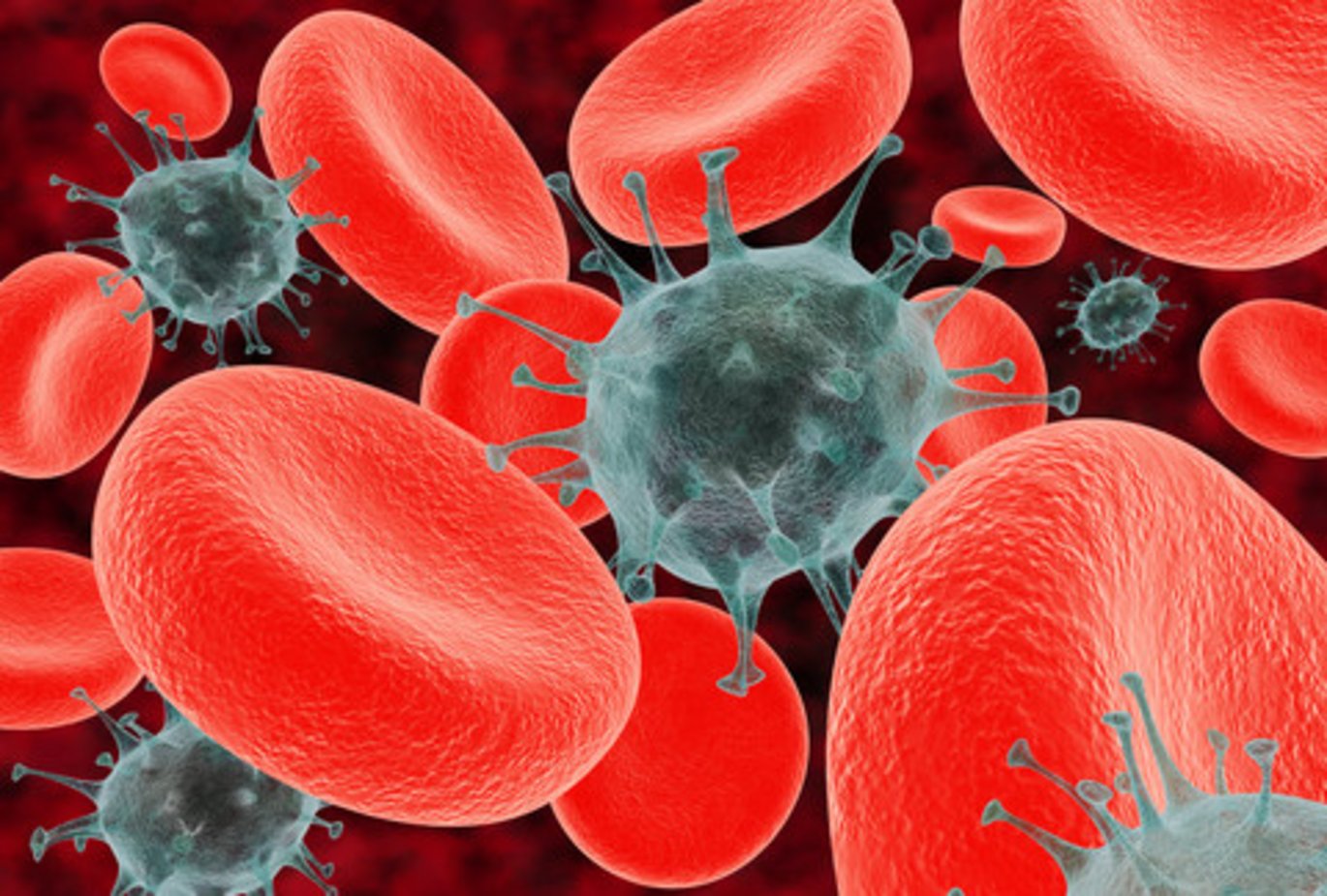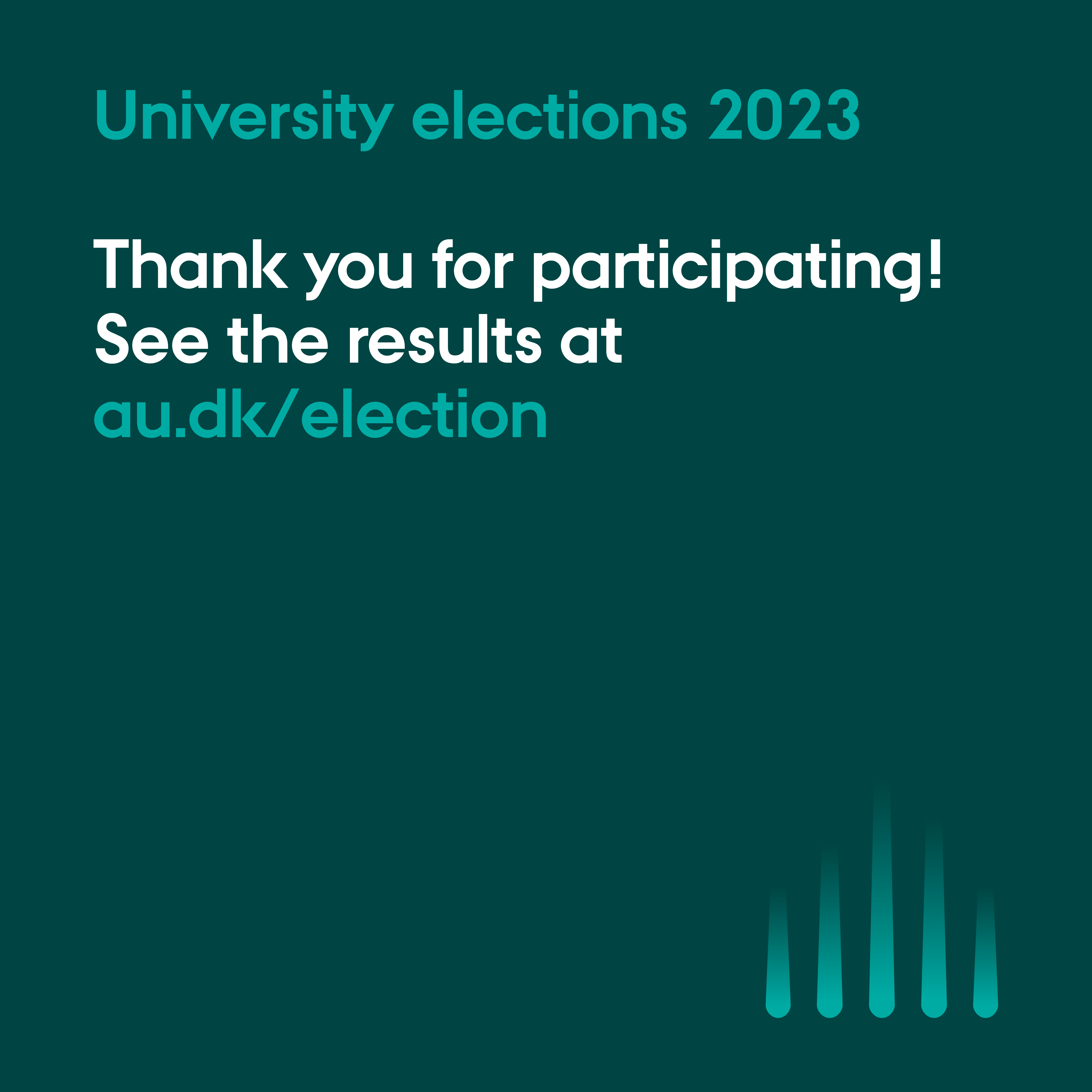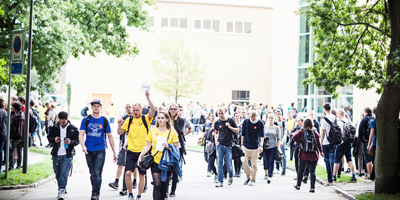Danish scientists get one step closer to a cure for HIV
Hopes for developing a cure for HIV are rising right now, where trials with fifteen HIV patients at Aarhus University Hospital look very promising

Clinical trials are so promising that a cure for HIV appears to be getting closer
Researchers at Aarhus University and the Department of Infectious Diseases at Aarhus University Hospital are holding their breath right now. In a series of tests on patients, the researchers are currently trying out a completely new method. If everything goes as they hope, this could mean that HIV infection could ultimately be cured.
The first test results will be presented at an international conference in Malaysia this summer. This is such a ground-breaking project that the Danish Council for Strategic Research has granted the researchers more than DKK 12 million to carry out their trials to find an actual cure for HIV.
“It’s important to emphasise that we’re at an early stage in our work to develop a cure for HIV, and it will probably take many years before such a cure will be readily available. Taking precautions to avoid HIV infection is therefore still necessary, of course, and HIV patients must continue to take their medication as always,” says Senior Scientist Ole Søgaard, Aarhus University and Aarhus University Hospital.
Can a new substance coax HIV into exposing itself?
There is currently no treatment that can get rid of the HIV virus once it has entered the body and has very soon encapsulated itself in some of the cells, where it becomes dormant.
However, the Aarhus researchers have now found a substance – an HDAC inhibitor – that appears to be capable of activating the HIV virus again. They hope this will coax the cells containing the HIV virus to expose themselves. This will make them vulnerable to the body’s immune system, which can then make an attack.
“Laboratory experiments look so promising that I’m almost sure we can succeed in getting the human cells with the encapsulated HIV virus to expose themselves. The question is whether the patient’s immune system can recognise the virus and kill it. This will depend on the strength of the immune system, and how vigorously the virus is exposed,” says Dr Søgaard.
HIV infection is currently treated with a combination of pharmaceuticals that block the viral activity, but are unable to remove the infection. This means that people infected with HIV have to continue treatment for the rest of their lives, with human, health-related and health-economic consequences.
Facts
- The research project is being carried out in collaboration with specialists in Melbourne, Boston and Colorado, but is based and conducted at Aarhus University and Aarhus University Hospital.
- On a global basis, it is estimated that 33 million people have HIV.
- At present, 15 people are participating in the clinical trials at Aarhus University Hospital. If just one of these people proves to be cured, the trials will be carried out in a more comprehensive context.
- Read more about the conference in Malaysia on 29 June to 3 July.
For more information, please contact
- Senior Scientist Ole Schmeltz Søgaard, Aarhus University and Aarhus University Hospital, +45 2721 5985
- PhD student Thomas Rasmussen, Aarhus University, +45 3170 2964
- Head of Research Martin Tolstrup, Aarhus University and Aarhus University Hospital, +45 2067 9741
- Professor Lars Østergaard, Aarhus University and Aarhus University Hospital, +45 5151 3140



